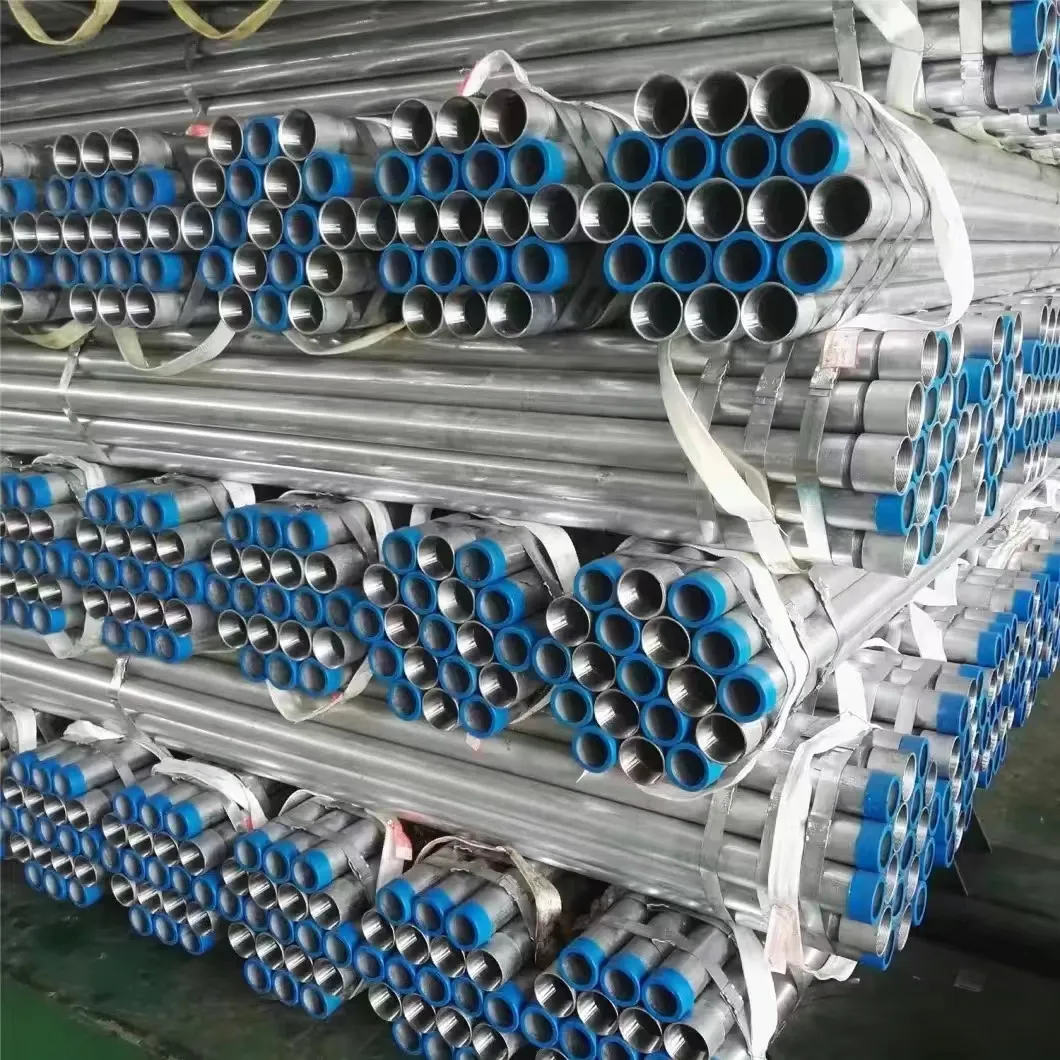Current location:
api5lx52 specification
Date:2025-08-18 00:00:55 Read(143)

Understanding 7018 Pipe Welding Techniques and Applications 7018 pipe welding is a critical process in the fabrication and repair of steel structures, particularly in industries such as oil and gas, construction, and manufacturing. The term 7018 refers to the specification of the welding electrode's composition and performance characteristics, governed by the American Welding Society (AWS). The number itself gives vital information the first two digits (70) indicate the minimum tensile strength of the weld metal in thousands of psi (70,000 psi), while the next two digits (18) specify the position and type of coating on the electrode, which in this case is suitable for all positions and provides a low hydrogen content. One of the primary reasons 7018 electrodes are favored for pipe welding is their excellent mechanical properties and resistance to cracking. The low hydrogen content minimizes the risk of hydrogen-induced cracking, making it ideal for welding high-strength steels and thick sections, common in piping applications. Additionally, the smooth and ductile welds produced with 7018 electrodes offer enhanced resilience against service stress, which is vital for pipelines transporting high-pressure gases or liquids. The technique of 7018 pipe welding involves several critical steps to ensure quality and structural integrity. First, preparatory work such as cleaning the pipe surfaces and ensuring proper fit-up is essential . Any contaminants such as rust, oil, or grease must be removed to prevent defects in the weld bead. Next, the welder selects the appropriate amperage settings on the machine, usually between 70 to 130 amps, depending on the thickness of the pipe and the position of the weld. 7018 pipe welding The welding process itself can be carried out using various methods, with the most common being the Shielded Metal Arc Welding (SMAW) technique. This involves the use of a power supply that creates an electric arc between the electrode and the base metal, generating intense heat to melt both the electrode and the workpiece. Welders must be skilled in controlling their speed and motion to achieve a uniform bead that penetrates adequately into the base material without undercutting or excessive reinforcement. Another vital aspect of 7018 pipe welding is the importance of maintaining the correct electrode storage and handling conditions. Since 7018 electrodes are hygroscopic, they tend to absorb moisture from the atmosphere, which can adversely affect their performance. Therefore, electrodes should be stored in a dry, heated container or used with a dedicated electrode oven to keep them at the recommended temperature. Post-weld heat treatment may also be necessary in certain applications to relieve residual stresses and enhance the structural properties of the joint. Following the welding process, it is critical to conduct inspection and testing to ensure the quality of the weld. Visual inspections, radiographic tests, and ultrasonic testing are common methods employed to detect any potential defects. In summary, 7018 pipe welding is an essential skill that combines technical knowledge with practical expertise in achieving strong, durable welds in various piping applications. Whether it’s for constructing oil pipelines, pressure vessels, or structural frameworks, mastering the 7018 welding technique ensures that the final product meets the requisite standards of quality and safety. As industries continue to advance, the importance of properly executed welding processes like 7018 will remain paramount in maintaining the integrity of our infrastructure.
Share:
Next: Exploring the Techniques and Challenges of Pumping Solids in Various Industries and Applications
Kind tips:The above content and pictures are compiled from the Internet and are for reference only. I hope they will be helpful to you! If there is any infringement, please contact us to delete it!
You may also like
- Flange plate connector for seamless pipeline assembly and installation process
- Exploring the Features and Applications of Blind Flanges in Industrial Environments
- DIN PN 16 Flange Specifications and Applications in Industrial Connectors
- en 1092 1 pn40
- Exploring the Uses and Benefits of Steel Buttweld Caps in Industry and Construction
- astm a 106 gr b
- Flange Specifications for ANSI Class 150 Standards and Applications
- API 5L X52 Pipe Specifications and Applications in Pipeline Construction
- blind flange types